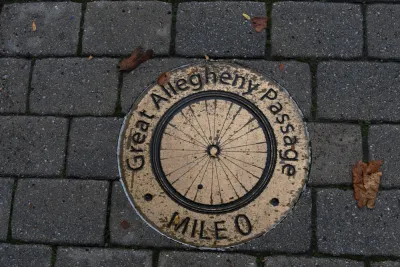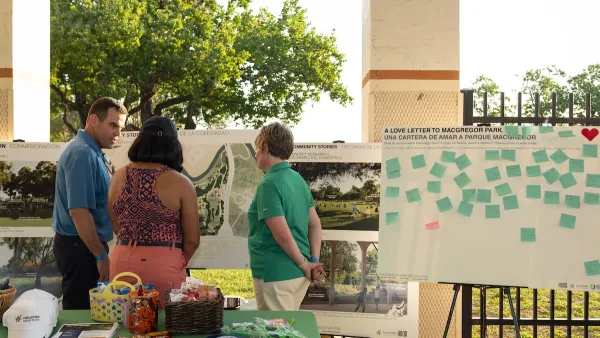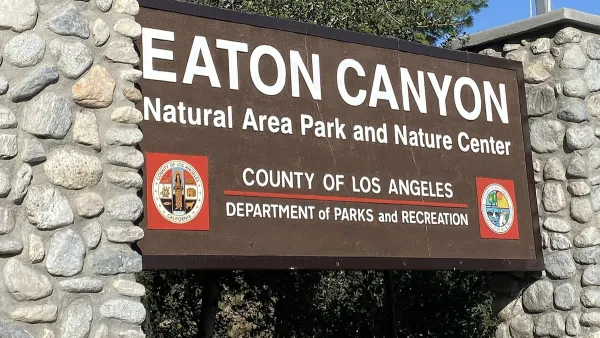Small communities once dependent on coal, coke, paper, lumber, and manufacturing now have a 150-mile bike and pedestrian path contributing to the local economy.

According to a study published this week by Pittsburgh-based consultants Fourth Economy and the Great Allegheny Passage Conservancy, the Great Allegheny Passage (GAP) generated over $121 million in economic impact in 2019.
To measure economic impact along the 150-mile pedestrian and bike path that connects Downtown Pittsburgh with Cumberland, Maryland, researchers surveyed 125 owners of trail-facing businesses, 784 GAP users, and 163 residents of trail towns, according to an announcement written by GAP Conservancy Executive Director Bryan Perry.
Bob Batz Jr. also picked up the news of the study for the Pittsburgh Post-Gazette, including some extra insight and analysis of the study. One key talking point that made it into the article is delivered by Fourth Economy Senior Consultant Mickey McGlasson: "It looks like a scenic trail, but for the communities along the way, that’s an economic highway."
The article by Batz Jr. provides a lot more detail on the effect of the GAP between Pittsburgh and Maryland, including some historical perspective. A previous economic impact study of the GAP "estimated the direct spending by tourists on the then-unfinished trail to total $40.7 million," for example. In 2019, direct spending amounted to $74 million of the $121 million total.
"The new study reflects a continued renaissance along the trail, with nearly 40% of business owners surveyed reporting having founded a new trail-facing business between 2015 and 2019. That’s part of why 93% of survey respondents said the GAP makes their community more vibrant," writes Batz Jr.
And in case you wondering, Batz Jr. also notes that the Great Allegheny Passage has been mentioned as a component of the Great America Rail-Trail that could some day connect Washington State to Washington, D.C.
FULL STORY: Study: Great Allegheny Passage is 'an economic highway' that generated $121 million in 2019

Analysis: Cybertruck Fatality Rate Far Exceeds That of Ford Pinto
The Tesla Cybertruck was recalled seven times last year.

National Parks Layoffs Will Cause Communities to Lose Billions
Thousands of essential park workers were laid off this week, just before the busy spring break season.

Retro-silient?: America’s First “Eco-burb,” The Woodlands Turns 50
A master-planned community north of Houston offers lessons on green infrastructure and resilient design, but falls short of its founder’s lofty affordability and walkability goals.

Test News Post 1
This is a summary

Analysis: Cybertruck Fatality Rate Far Exceeds That of Ford Pinto
The Tesla Cybertruck was recalled seven times last year.

Test News Headline 46
Test for the image on the front page.
Urban Design for Planners 1: Software Tools
This six-course series explores essential urban design concepts using open source software and equips planners with the tools they need to participate fully in the urban design process.
Planning for Universal Design
Learn the tools for implementing Universal Design in planning regulations.
EMC Planning Group, Inc.
Planetizen
Planetizen
Mpact (formerly Rail~Volution)
Great Falls Development Authority, Inc.
HUDs Office of Policy Development and Research
NYU Wagner Graduate School of Public Service




























